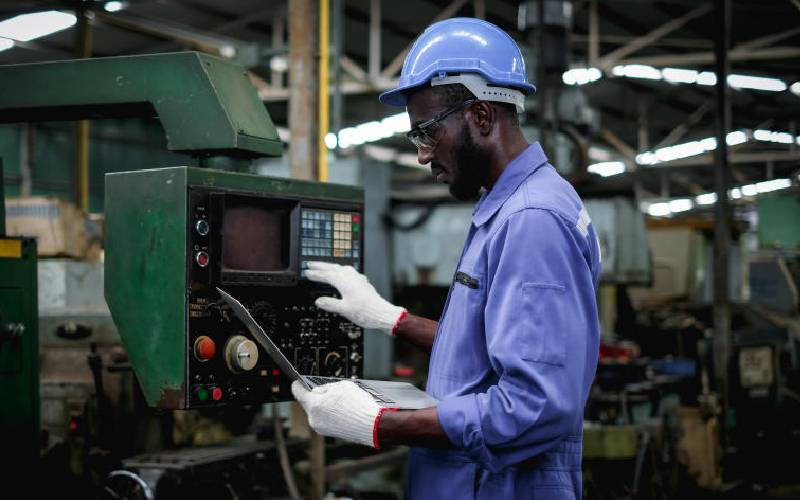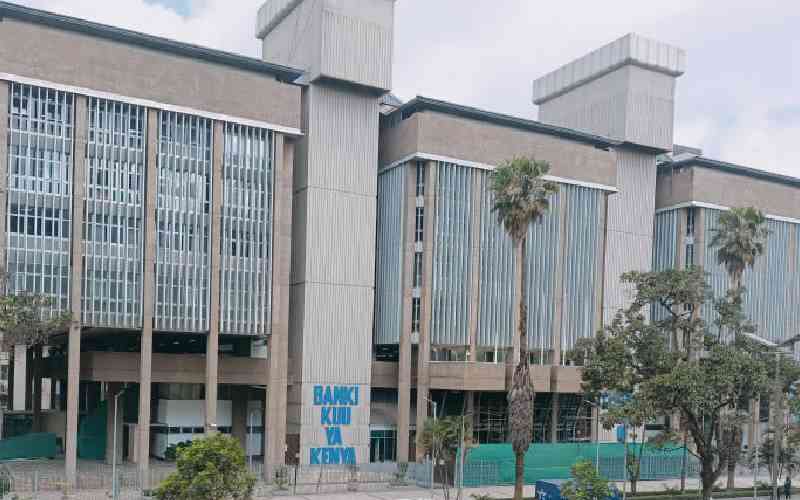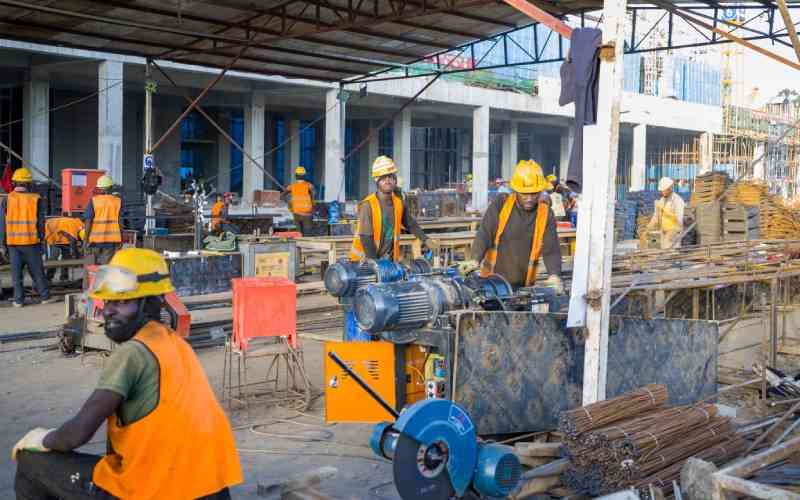×
The Standard e-Paper
Kenya’s Boldest Voice

Manufacturing’s position is being taken over by other sectors such as real estate and building and construction. [Courtesy]
A decade ago, the manufacturing sector was the second-largest economic sector in Kenya after agriculture.







